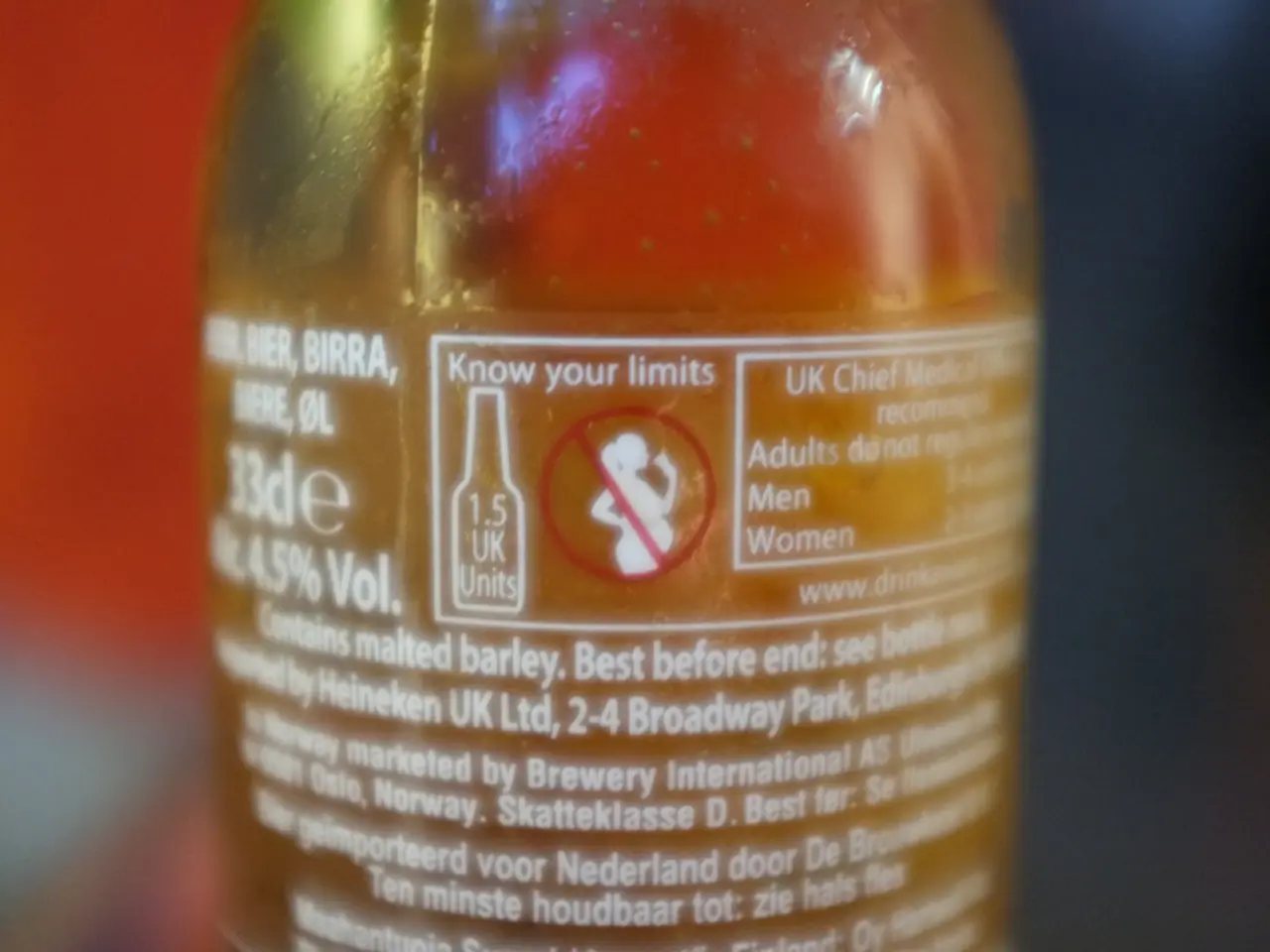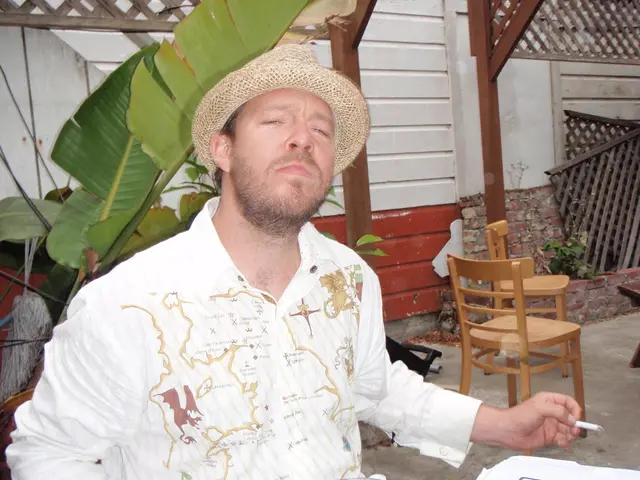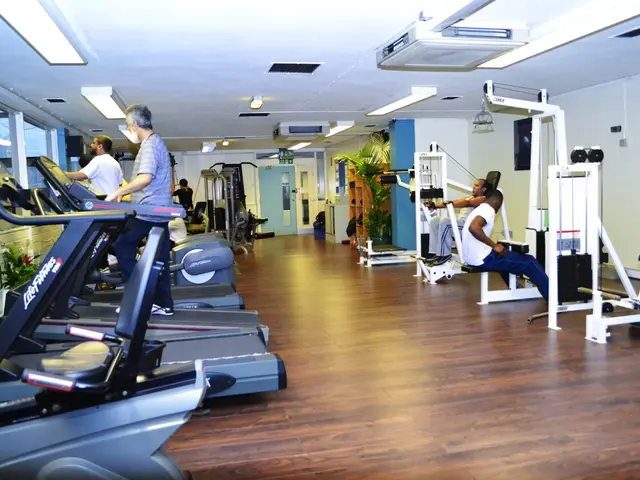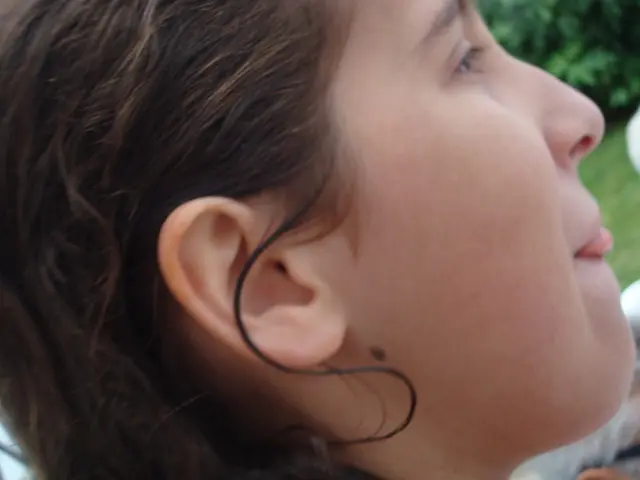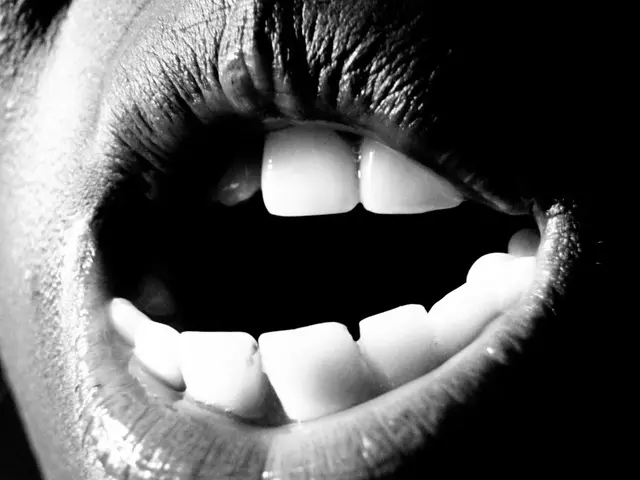Sunscreen analysis: Misleading claims and prohibited components unveiled
Sunscreen Shenanigans: Öko-Test Exposes Sun Protection Factor Fraud
ishment of the sun protection factor claimed on the label, according to an investigation by "Öko-Test" (issue 6/2025). It's the first time the testers have managed to determine the sun protection factor without damaging human skin.
A New Era of Testing
Previous testing methods were restricted to real human skin due to limitations in reliable measurements. Testers were hesitant to endanger subjects with potential skin damage. However, a new testing standard has enabled meaningful measurements without requiring any skin.
The Sunscreen Deception
With this innovative method, "Öko-Test" scrutinized 26 sunscreens, all boasting high or extremely high sun protection ratings. Tolerable discrepancies between the advertised and tested SPF were accepted by the testers. A satisfying 15 sunscreens met their standards, with one even exceeding the claimed SPF.
The rest of the sunscreens fell short. Ten offered less than three-quarters of the promised protection, while one didn't even hit the SPF 20 mark, earning an "insufficient" rating.
A Banned Softener Makes Five Cameos
Testers also looked into whether the products contained questionable ingredients, specifically the banned softener DnHexP, which can impact fertility. The softener is sometimes a byproduct during DHHB UV filter production, but it doesn't have to be.
Despite this, nine sunscreens in the test were DHHB-free, yet contained the softener. However, the testers discovered DnHexP five times, mainly in trace amounts and not enough to downgrade the products. One cream, though, contained a considerably high amount of the softener, earning a "fail" rating.
However, Öko-Test concludes that none of the detected amounts pose an immediate health risk.
Affordable Protection from the Sun's Wrath
Many sunscreens can protect you from the sun's harmful rays without breaking the bank. Twelve sunscreens earned a "good" rating, and two even got a "very good" rating from "Öko-Test." The standout winners are:
- "Sun D'Or Sonnenmilch, 50" by Budni or Edeka, priced at 3.57 euros for 200 milliliters
- "Sundance Sonnenmilch, 50" by Dm, costing only 3.18 euros for 200 milliliters.
For comprehensive information about the Öko-Test sunscreen ratings, please refer to their official publication or website directly, as the specific details are not provided here.
- In the investigative report by Öko-Test, it was found that some sunscreens, despite boasting high and extreme sun protection factor ratings, failed to deliver the claimed protection, with ten sunscreens offering less than three-quarters of the promised SPF.
- The new testing standard employed by Öko-Test enabled meaningful measurements without damaging human skin, allowing the testers to scrutinize various sun-care products, including those claiming to offer advanced health-and-wellness benefits such as skin-care and therapies-and-treatments.
- Considering the findings on the presence of questionable ingredients like the banned softener DnHexP, consumers should prioritize products that adhere to sound nutritional practices and ensure the safety and efficacy of their skin-care products, just as the better-performing sunscreens in the test demonstrated.
